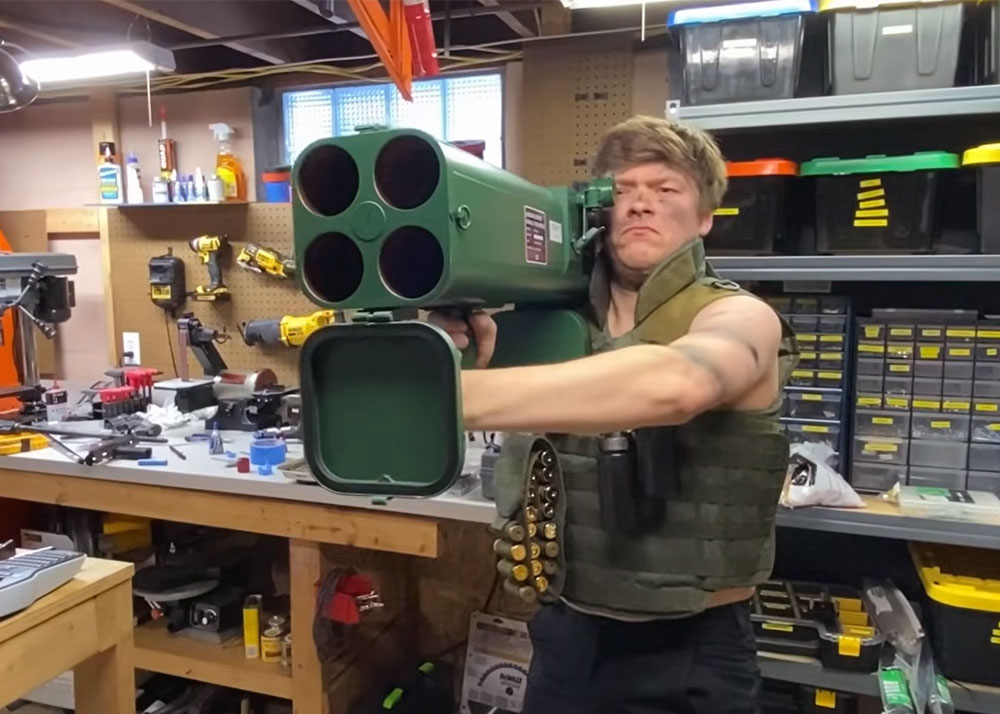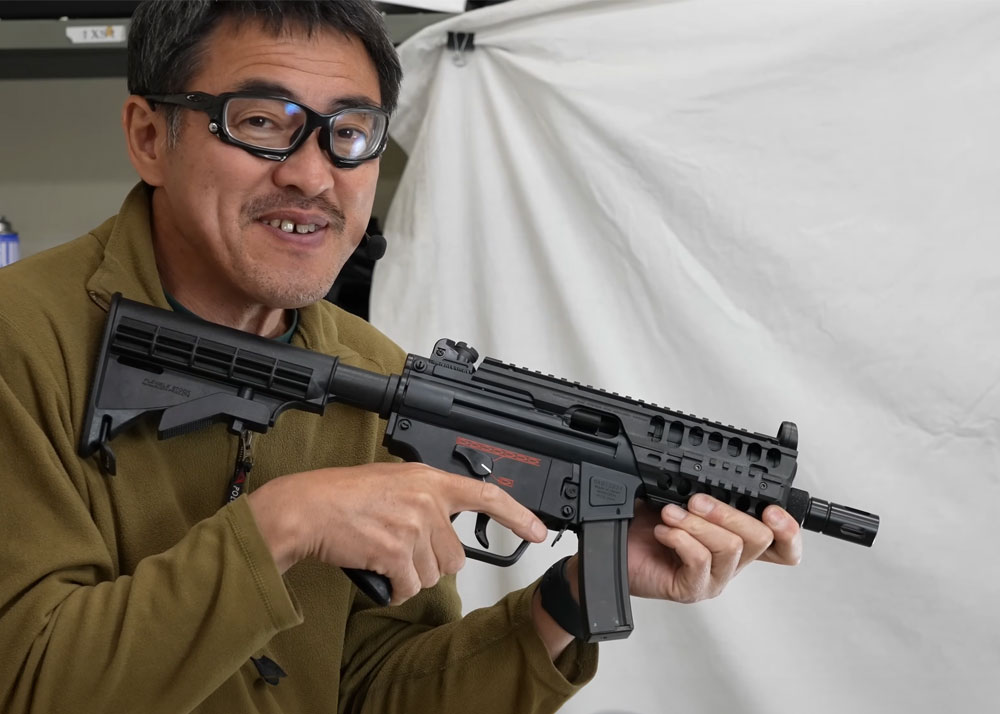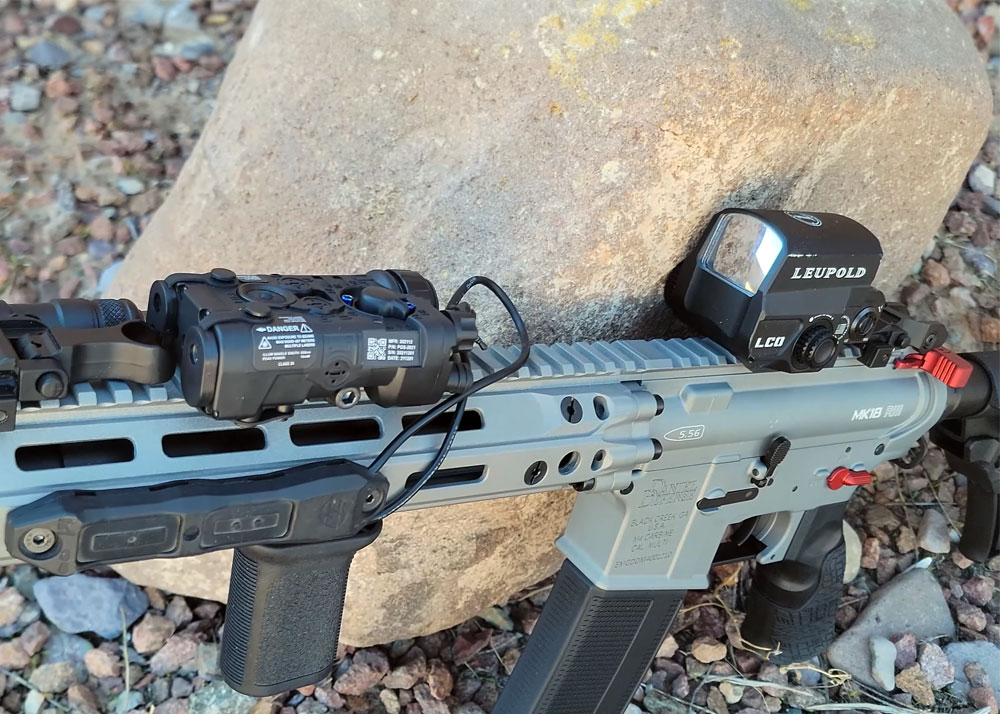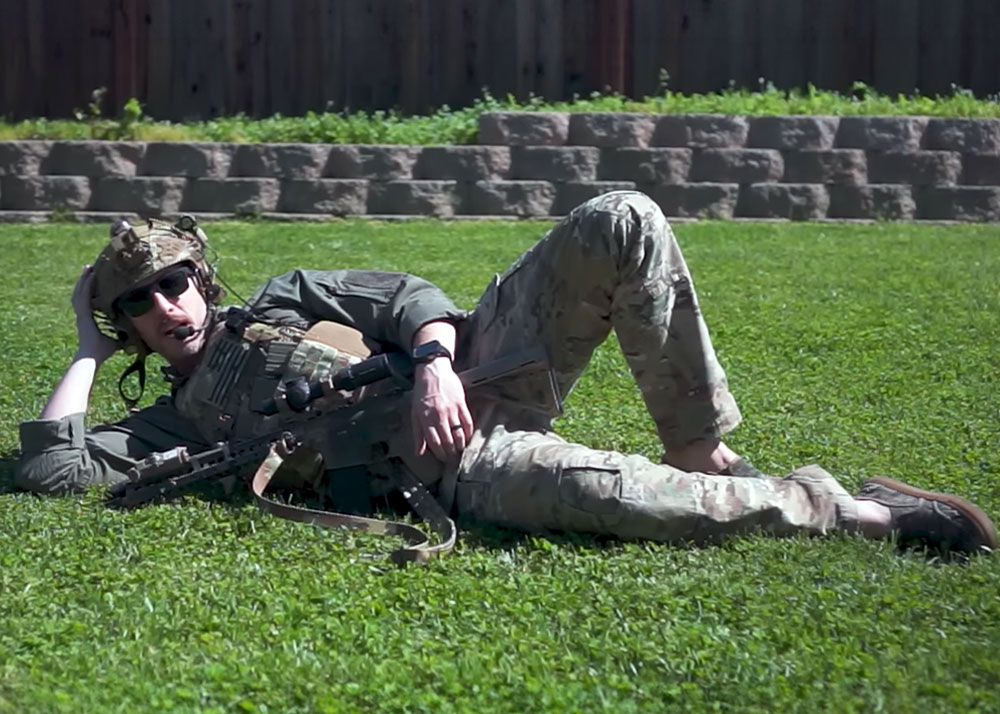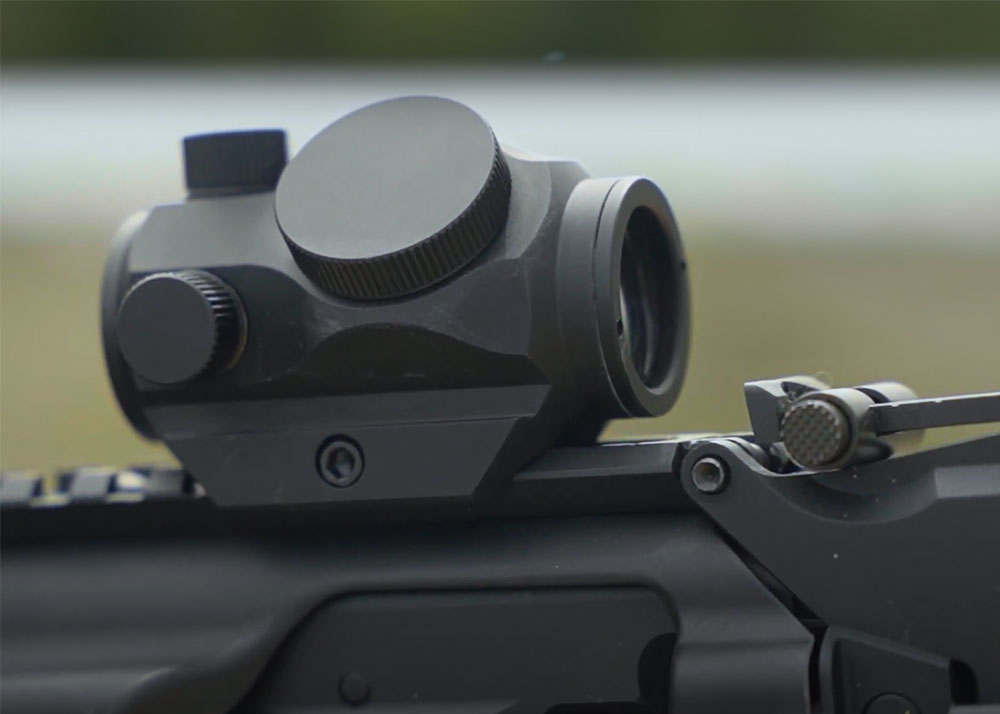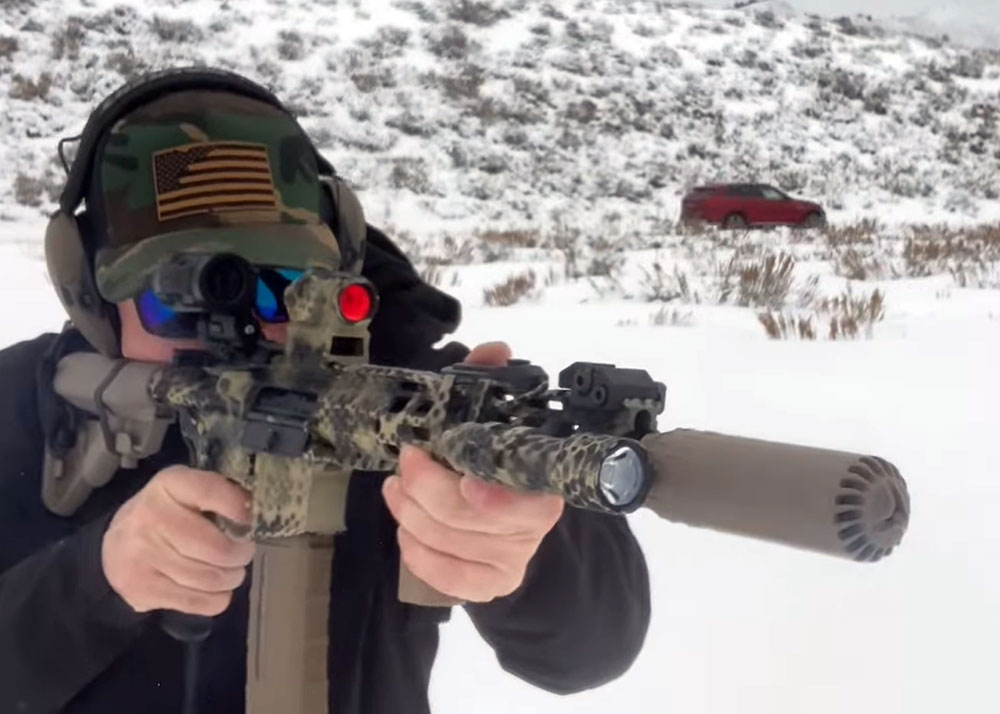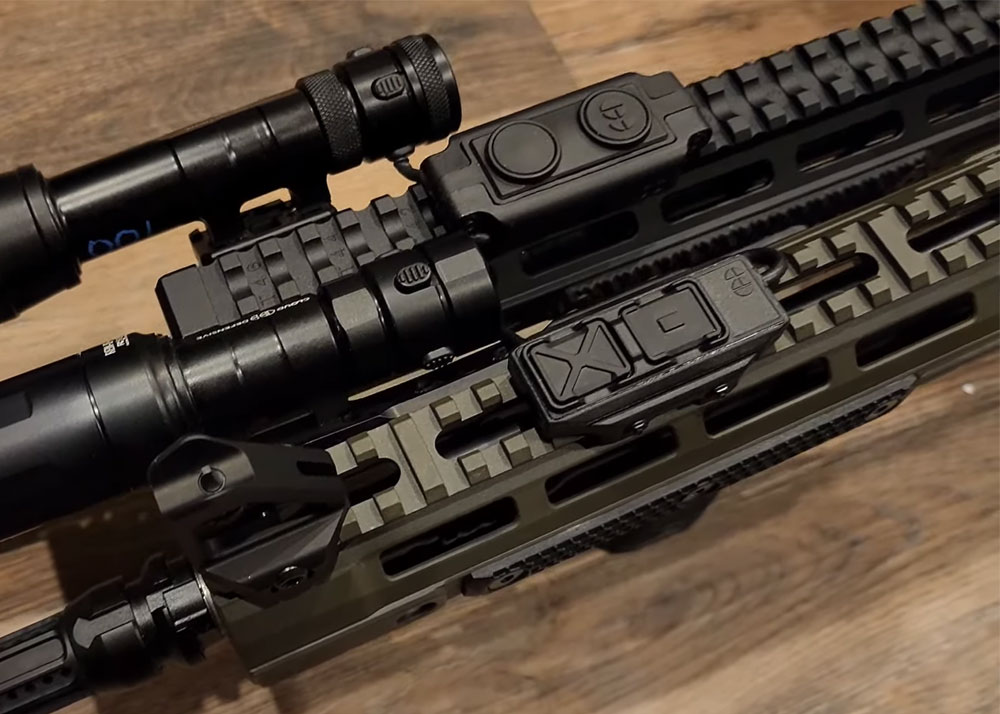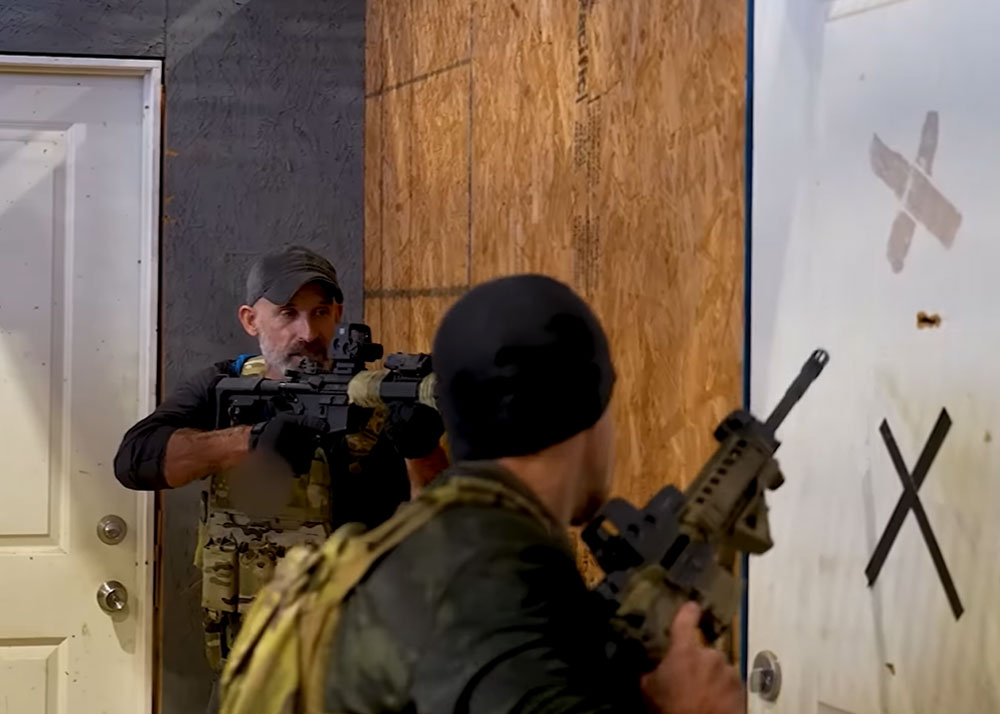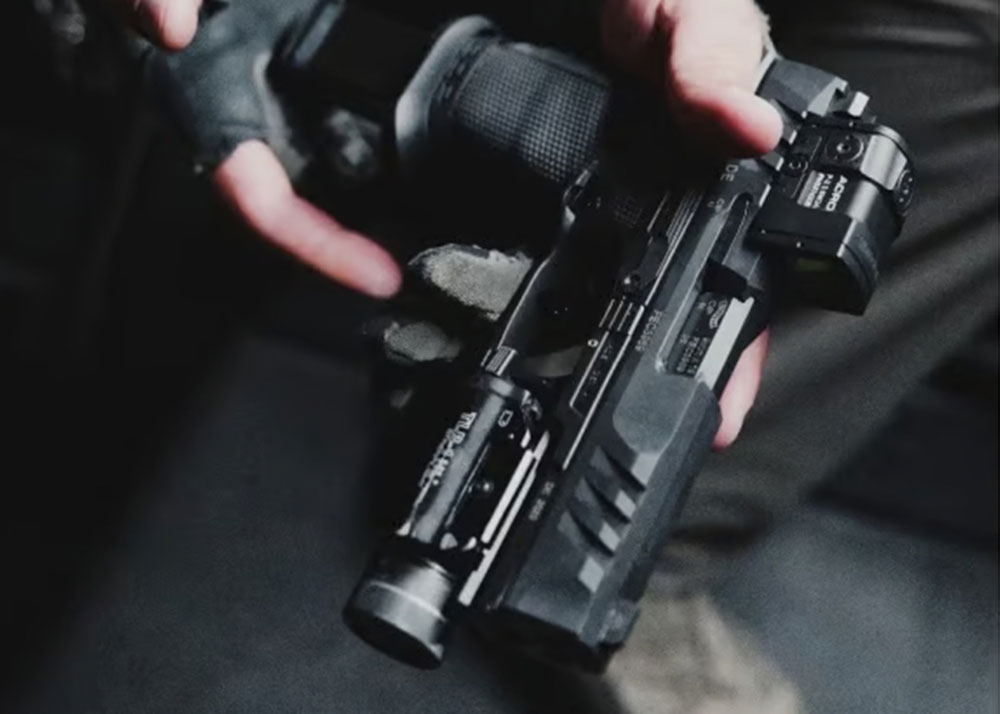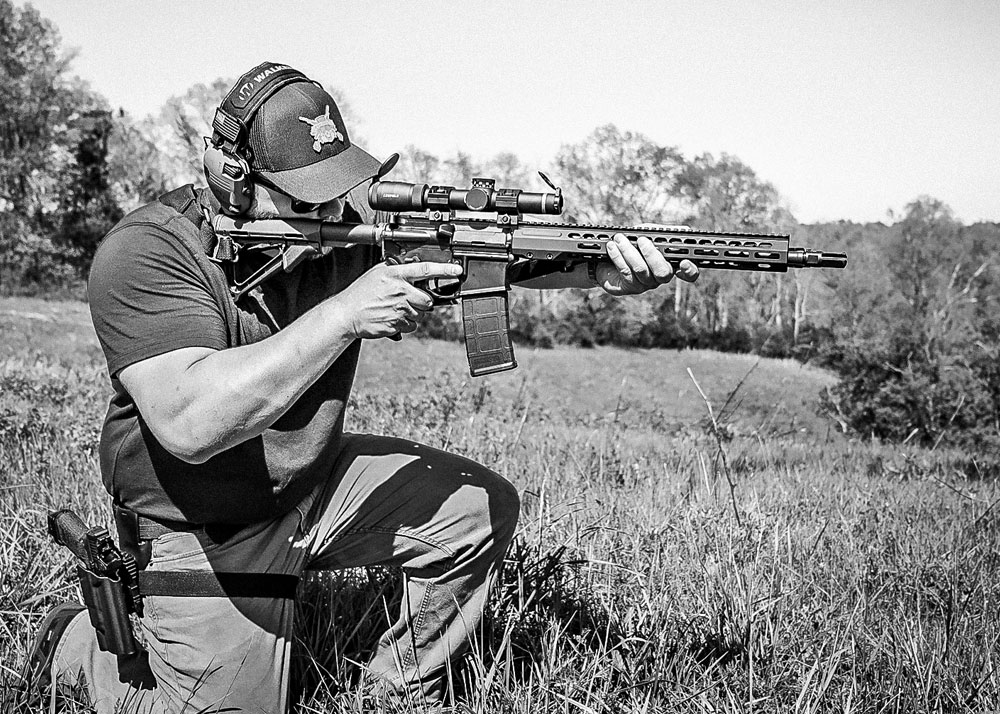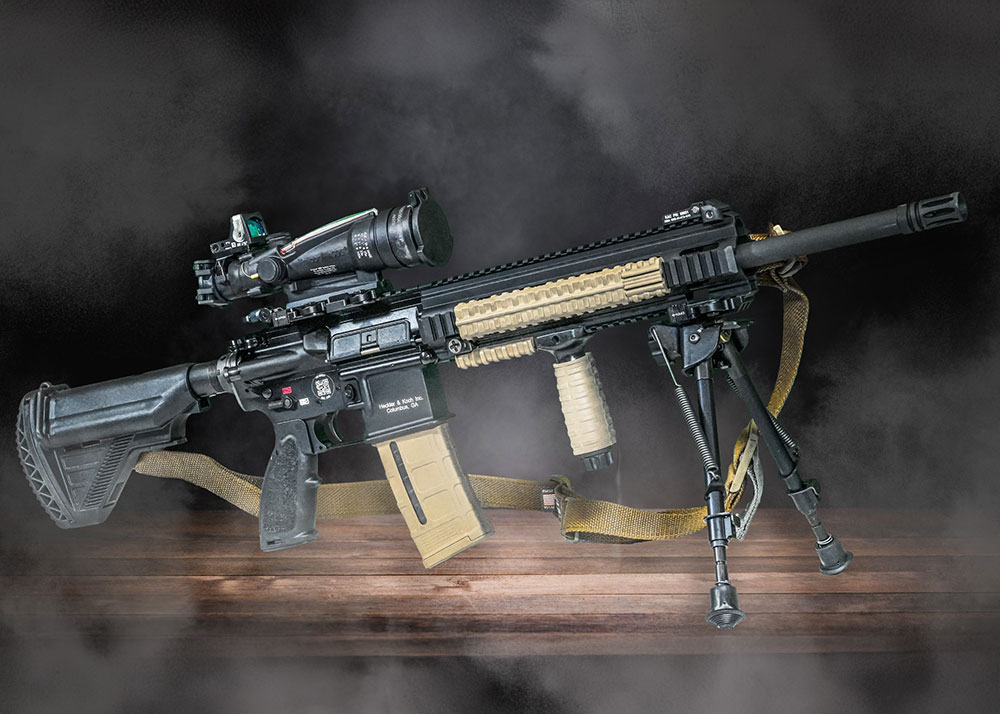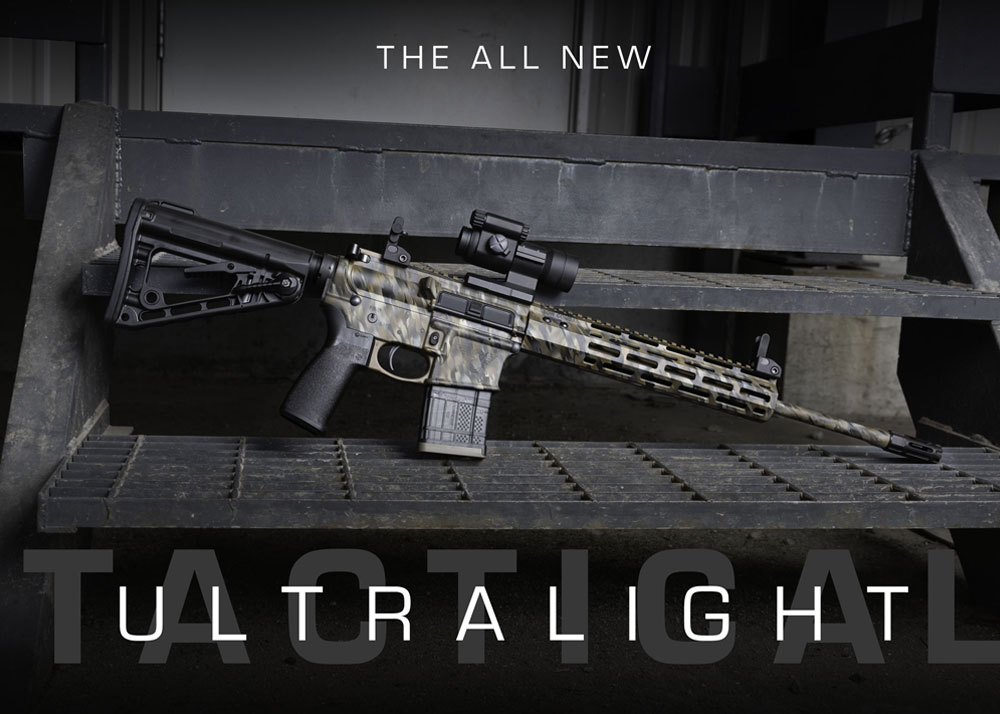WebSighting: OSNAZ.Net
Gungho Cowboy
19 Dec 2007

It has been quite awhile since the last Websighting. It's getting tougher for me to find websites of airsoft teams to present here as there's too much noise in the usual airsoft forums. But finally, we have something to show, with this great website of Team OSNAZ, which is based in Belgium and is comprised of Belgian and Dutch players (Airsoft is banned in the Netherlands and Dutch players have to go to Belgium to play). While some sections of the site are still under construction, the information is substantive enough to warrant presentation here (and solve my lazybone problem). So now, I present to you TEAM OSNAZ!!!
And this is what they have to say about themselves:
We are an airsoft team playing in Belgium with Dutch and Belgian players. Instead of the, almost standard, choice of US marine/seal/commando we chose to go with something that wasn’t done before. We chose the Red side. It all started in 2003 when the first Russian impressions started appearing on the field in Belgium. We started out as individual players but at some time we started to have some communications on a forum.
The first sign of a team was in the form of the “5th VDV” team. We had that team for about a year, but soon the cry came for a better organised team with the aim to increase realism of our impression. The hunt for a new team was on.

It was obvious that we were fast becoming known as the “Spetsnaz” team, but we wanted something a bit more original. Then somebody pointed to the “OSNAZ” (a group that is further described in the “History” tab). The first appearance of our new form was at “Aircav hell 3” after that we steadily grew. We have 10 active members at the moment and we try to go to skirmishes as often as possible.

AIM OF THEIR WEBSITE
The aim of this website is to provide an overview of available resources to Russian military collectors, re-enactors, and airsoft players with particular focus on current Russian equipment, combat tactics, and military technology. In addition to this, particular emphasis will be placed on the study and analysis of the modern "Spetsnaz" troops, which form the backbone of the Russian special forces currently deployed in Chechnya and other hot spots across the Russian Federation.

The generally accepted definition of the term "Spetsnaz" (abbreviated form of Spetsialnoe Naznachenye), is that it loosely designates the elite units of the Russian police and military forces ,which are better trained, equipped, and effective than the average Russian troops. While in the West a lot of information was readily available during the Cold-War era about US, British, French and German Special Forces, the whereabouts of Soviet Spetsnaz troops remained shrouded under a cloud of secrecy. The scarcity of information about the Soviet-era Spetsnaz was partly due to the fact that these troops were mostly blending-in with regular units, and in a highly militarized country as the Soviet Union it was difficult to identify them among the multitude of soldiers making up the Red Army. Therefore, except for a few known, and rather quick combat deployments in Czechoslowakia, Hungary, and Afghanistan, the Spetsnaz never became as popular as the SAS or the Delta Force (who were, among other things, featured in a host of Hollywood action movies!).
At the end of the 1980s, the Soviet Union was going through such extreme political and economic turmoil, that it eventually imploded under the relentless pressure of reformist and independentist forces that were sweeping through the country and its former Warsaw-Pact allies. In the turbulent years before and after the collapse of the Soviet Union, and after having been used to settle old scores and silence political rivals by the new Russian leadership headed by former president Boris Yeltsin, the Spetsnaz troops were largely disbanded, and seemed to fall prey to the same fate that befell the famous Japanese Ronins (masterless Samurais). With the gradual disintegration of the Red Army, many of them left the military altogether, and found employment in private security companies as advisors or bodyguards, and in the worst case became mercenaries, taking part in the many conflicts and border wars that were breaking out in several troubled Republics of the newly-born CIS (Commonwealth of Independent States).

Eventually, after this period of political instability, the Spetsnaz underwent a reorganization in specialized intervention groups, each dedicated to a specific mission. The Kremlin now disposed of an efficient means to uphold, maintain, and protect Constitutional Order across the Russian Federation. The new role of the Spetsnaz was now to respond with due force to any attempt by rogue Republics to break away from the Russian Federation, to combat terrorism, to rescue hostages, and to counter organized crime. In the early 1990s the Spetsnaz saw action in the Baltic republics, in various regions of Southern Russia, and thereafter in the highly volatile region of the Caucasus, where the Russian army, together with Chechen government forces, is nowadays engaged in a struggle against bandits and rebel forces.



